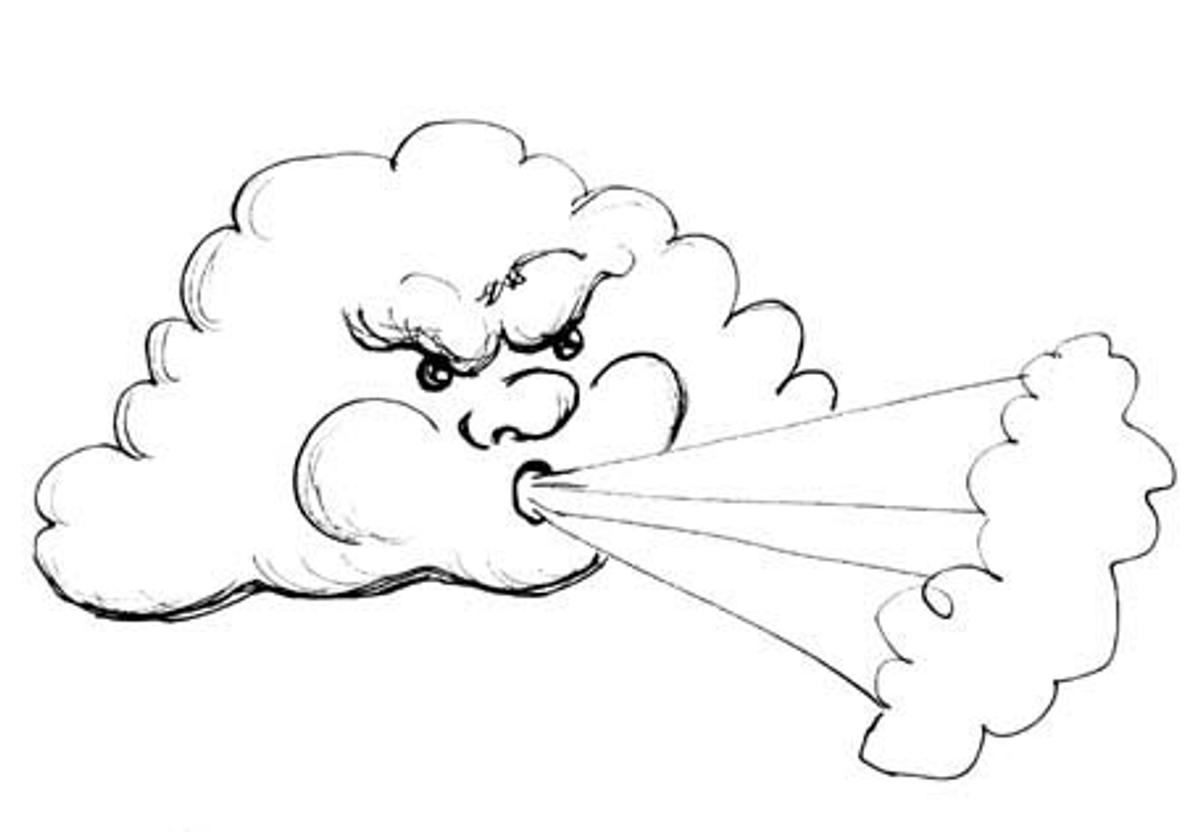Office Oracle
Birdlife is abundant

Office Oracle
Birdlife is abundant
Parents may not realise that the Compass phone app is a limited application. In order to see and utilise Compass in full, including notifications asking for parental consent for events and excursions, you need to select 'open in browser' which will enable you to see all of the Compass features.
Year 7: second HPV plus Boostrix vaccine
Years 11 & 12 and staff: influenza vaccine
The City of Boroondara is offering the new quadrivalent vaccine for the first time to all students in Years 11 and 12. Competitively priced at $23 per dose, it protects against four strains of influenza.
Thank you to those families who have already expressed interest in this service. It is not too late to sign your child up for this vaccine. Please email judy.o'donnell@preshil.vic.edu.au for more details.


Asthma Australia has recently published an article which will be of interest not only to asthma sufferers but to all of us who care for them as we fast approach the 2017 Victorian pollen season.
A recap of the thunderstorm asthma event
The thunderstorm asthma epidemic in Melbourne in November 2016 was caused by high levels of grass pollen particles that shattered and were spread by the extreme weather conditions. These smaller allergen particles were then able to be inhaled into the airways and, in those who were susceptible, caused irritation leading to swelling, narrowing and extra mucus production in the small airways in the lungs and difficulty breathing.


Asthma Australia’s thunderstorm asthma survey
Over 3,000 responses were received from people reporting that they were affected by the thunderstorm asthma event. It is now known that more people are susceptible to experiencing an asthma ‘attack’ than was previously thought; many didn’t have an asthma diagnosis and as a result were not aware they were even at risk of asthma.
The key learnings from the survey are summarised below:
What does this mean for people who may be susceptible to an asthma attack?
During the thunderstorm asthma event many people had asthma symptoms that were unexpected and quickly became serious. Because a significant proportion of people did not have an asthma diagnosis, they did not know what was happening or what to do.
This shows that an increased awareness of asthma is needed in order to save lives. We need to make sure the whole community, not just those who have or care for someone with asthma, can identify asthma symptoms and act in an asthma emergency. It’s vital to be prepared, even if you have not previously had an asthma attack.
Learn about the four important steps for asthma first aid here.
The next edition of the Secondary School newsletter will be published on Wednesday 24 May. To read previous issues or our Arlington and Alumni issues visit the iNewsletter Library here.

